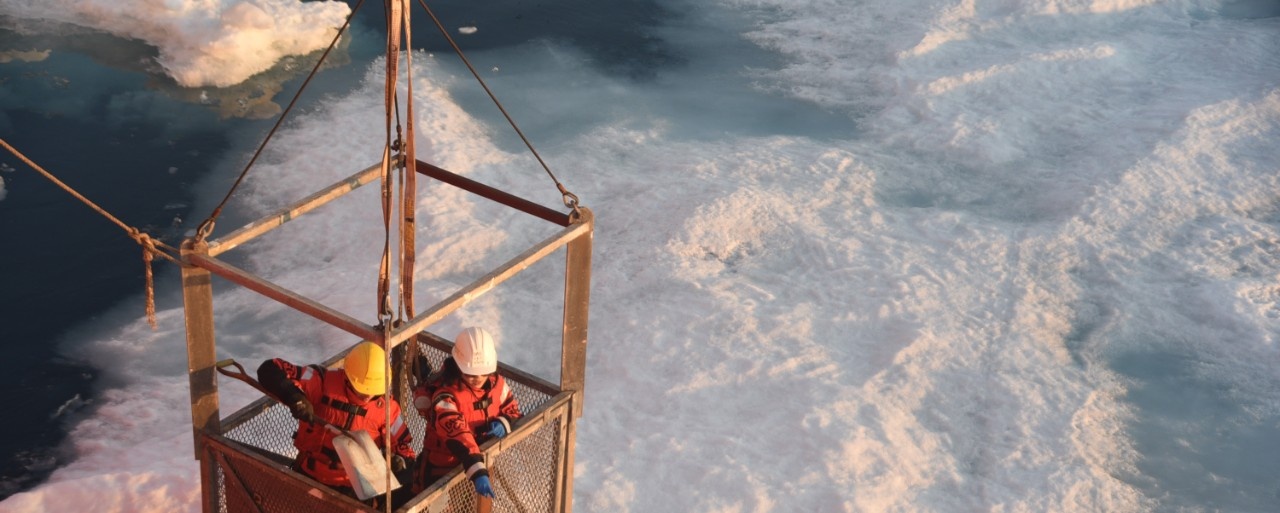Alana Haysom

B.Sc. (Honours) Thesis
2D Thaw Lake Modelling During the Holocene and Implications for Current Climate
(PDF - 7.4Mb)
Thaw lakes form as a result of disturbances to permafrost that cause differential thawing. Thawing at the lake margins causes slumping that expands the lake radially at rates dependent on substrate properties, such as excess ice content. The thaw bulb, or talik, descends beneath the lake, causing subsidence as thawed sediments regain their native porosity.
Thaw lake landscapes span approximately 1 million km2 of Siberia, a region is underlain by Pleistocene-age organic-rich peat, called yedoma. As thaw lakes expand, methanogensis converts carbon from the thawed permafrost into methane, a greenhouse gas. Recent studies have shown that thaw lakes are a larger source of methane in the atmosphere than previously believed, compared to other major natural sources.
Here I use Holocene climate reconstructions from the central and western part of the Taymyr Peninsula in northern Siberia to drive a thaw lake model simulation. The results show how small temperature differences between two localities can lead to large differences in thaw lake size and depth. The quantity of methane released from the lakes over the Holocene was used to calculate the quantity of methane released from Siberia over the Holocene, and also on a yearly basis. The results show that Siberian thaw lakes have contributed, and will continue to contribute methane at the regional, if not global scale; an important factor when considering positive feedback systems for current climate change.
Keywords:
Pages: 67
Supervisor: Lawrence Plug



